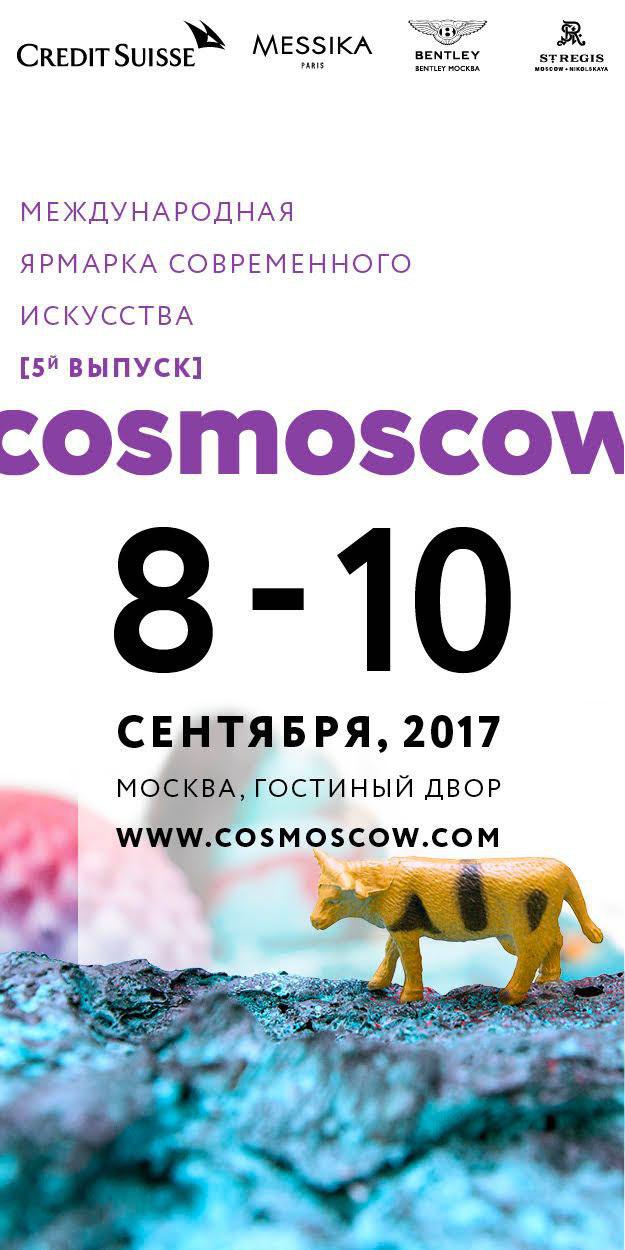Mikhail Balan (b. 1970, Moscow) is a sculptor and restorer of wooden works. He is the inventor and follower of the concept of Wood-Ojas, according to which the skill of the author is combined with the sacred energy of the material when creating an image. Mikhail Balan is the first sculptor in the world to present works made of gaharu (agarwood or aloe wood) on the global contemporary art market and has been working professionally with rare woods such as ebony, macassar, rosewood, teak and mahogany for more than 30 years, combining them with metal, bone, glass, stone and leather.
Mikhail’s journey to Yakutia in 1993 and acquaintance with the healer Sergey Nechaev, who revealed the world of medicinal plants, Chinese medicine and the ancient philosophy of Ayurveda to the artist, influenced the formation of his creative personality and interest in the effects of natural materials on man. This was followed by a fascination with the culture of Japan, particularly Bushido and Aikido. A turning point in the artist’s life was a meeting with the Dalai Lama in 2003. Numerous trips to Eastern Europe, the East and Asia allowed Mikhail Balan to immerse himself in the local culture, the study of customs and traditions, the flora and peculiarities of the language of nature.
It is interesting to see the formation of Balan’s style and method in terms of the avant-garde principle of reduction, which does not tolerate pretentiousness or verbosity and seeks artlessness. In accordance with these principles we introduce three key concepts: material, economy and synaesthesia.
The artist Mikhail Balan is unique in that he works with very rare tree species, primarily with gaharu (paradise, aloe, agar tree). This use of gaharu implies the highest aesthetic and, above all, ethical responsibility. The medical principle ‘do no harm’ is foremost. Impregnated with resinous substances and essential oils, growing mainly in India, the Middle East and Southeast Asia, this wood is valued literally by its weight in gold; it is listed as a protected species and does not tolerate narcissistic artistic ambitions. Every fragment of this wood with a thousand-year history is precious and beautiful, just like the folds of the earth’s crust in volcanic landscapes, or the wrinkles of elderly people in Rembrandt’s portraits. Gaharu is mentioned for the first time in the Bible (Book of Numbers, 24:6) “[your tents, Israel] are spread out like valleys, like gardens beside a river, like aloes planted by the Lord”.
In choosing a complex and delicate way of interacting with precious material, the artist is helped by the principle of artlessness as a form of energy saving and humility. The ability to organize the structure into an accurate and vivid plastic symbol, without ‘violating’ the material, without simplifying the image to a recognizable meme, brings Balan closer to classics of post-war international modernism such as Henry Moore, Barbara Hepworth and Tony Cragg. Biomorphic images, the search for ancient symbols in chaotic pulsations, the extraction of natural rhythms that become poetic speech – these are ideas that bring Mikhail Balan closer to the masters of the second avant-garde.
The delight of contemplation in a tiny fragment of the universe is close to the idea of synaesthesia – the contiguity of sensations, when information received through one channel of perception gives a similar signal to another receptor. In this way we can see sound and hear colour in similar images.
Mikhail Balan skilfully handles the phenomenon of synaesthesia. In the spirals, cracks and patterns of the wood, the viewer observes the incessant movement of pictures as inexhaustible as sand, fire, water and clouds. The artist creates wooden images in such a way that the viewer unravels layer after layer, rapturously moving through diverse pictorial catalogues of the Universe, from oriental calligraphy to ornamental patterns of the North, from volcanic landscapes to the structure of scales on fossil lizards, from abstract expressionism to the miracle of the manifestation of holy faces in ancient icons.
This artlessness of revealing the world in all trajectories, alien to violence, dogma, rules and templates, obliges the beholder to become an Artist. The viewer is not a consumer, but an accomplice in the overall process of creating form. This is the credo of masters of the world avant-garde and meta-modernists of the current day. Balan is in league with both.
The scenario of Mikhail Balan’s exhibition is devised from contrast. The ecosystem of interaction with the precious gaharu presented in the Ruarts Gallery is suddenly, as if according to the laws of futuristic verses, attacked by the invasion of large bright objects. This is artlessness of a different kind, with elements of Neo–Fauvism and Pop-Art. Such dynamic contrast promises an exciting journey, twists and turns of impression, and varied examples of work with natural materials.
Sergey Khachaturov, curator



